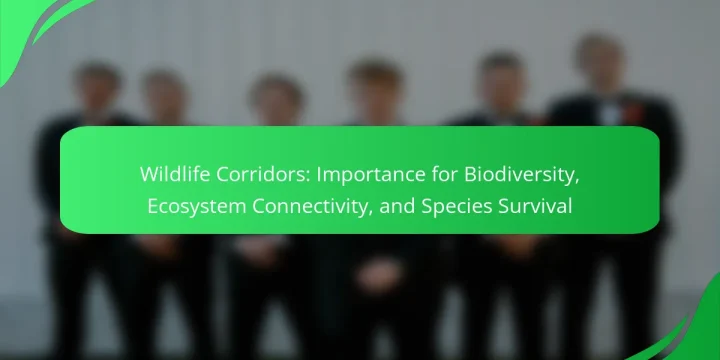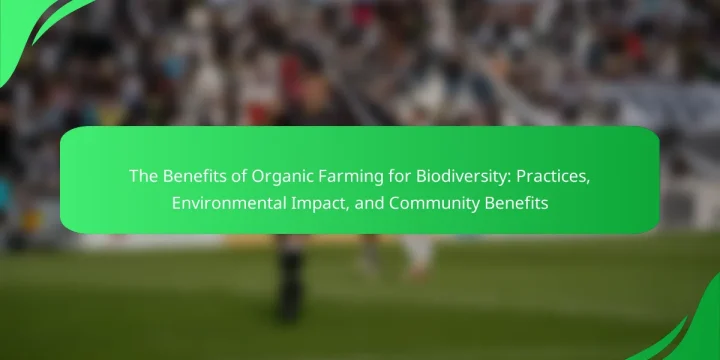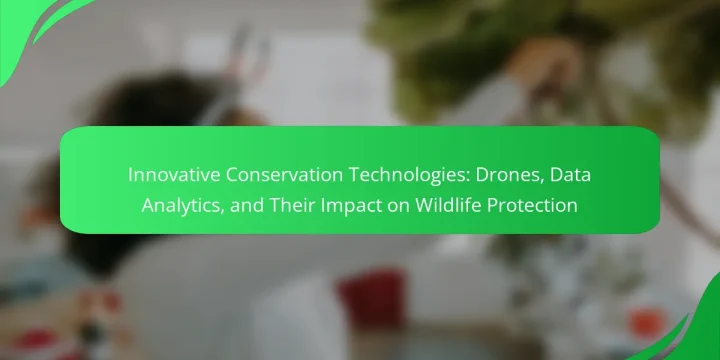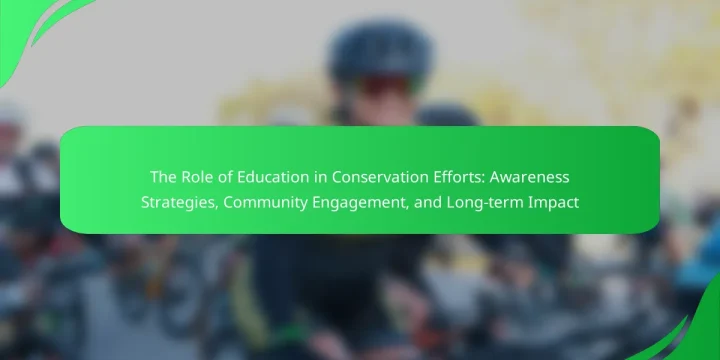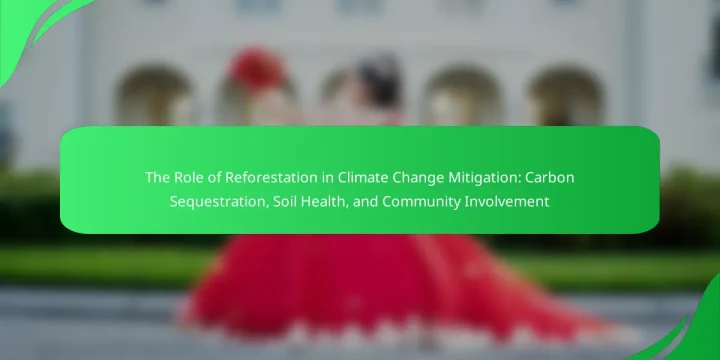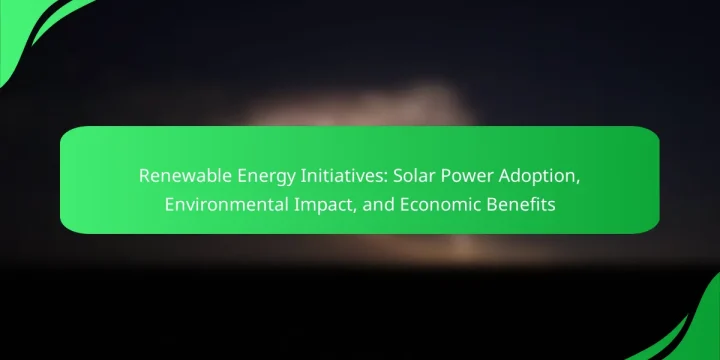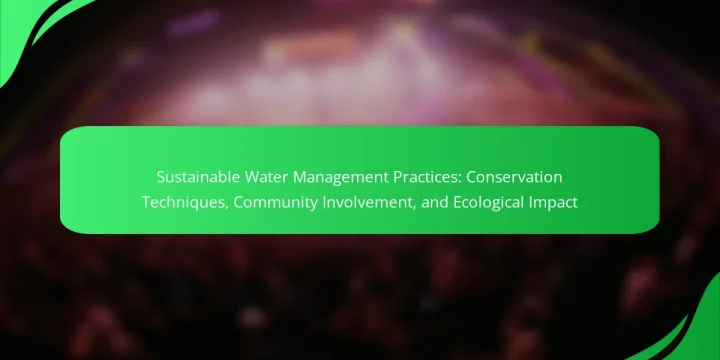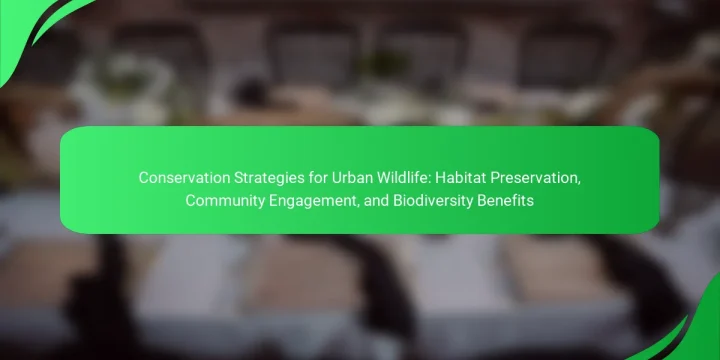
Conservation strategies for urban wildlife focus on three main components: habitat preservation, community engagement, and biodiversity promotion. Habitat preservation involves creating green spaces such as parks and wildlife corridors, which are essential for various species. Community engagement encourages local residents to participate in conservation through initiatives like citizen science and educational workshops. Promoting biodiversity within urban environments enhances ecosystem resilience, improves public health through services like air and water purification, and supports vital pollinator populations. Effective implementation of these strategies includes ecosystem assessments, community involvement, and the use of native plants, all monitored for success. What are Conservation Strategies for Urban Wildlife? Conservation strategies for urban wildlife include habitat preservation, community engagement, and biodiversity promotion. Habitat preservation involves creating green spaces like parks and wildlife corridors. These areas provide essential…
